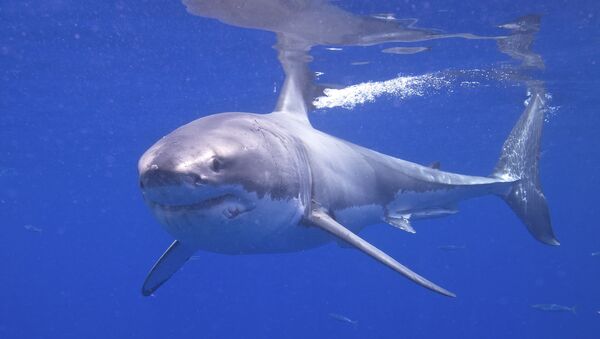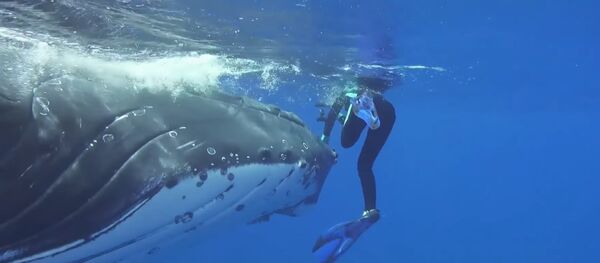George is just one of the many great white sharks being tracked by Ocearch, a nonprofit organization that collects data on large sharks, mostly great white and tiger sharks, in order to better understand their behavior.
According to Ocearch spokeswoman Denese Canedo, spotting a great white shark in the national park's shallow waters is rare.
— OCEARCH (@OCEARCH) February 4, 2018
"It's outside their normal habitat [deep waters] and is very, very rare they would occur in our waters or our vicinity," Canedo recently told the Miami Herald.
On October 7, 2016, George was tagged off the coast of Nantucket, Rhode Island. Since then, he has traveled almost 5,000 miles from the Bay of Fundy in southeastern Canada all the way down the east coast to Florida.
According to Ocearch's website, when the tagged shark's fin breaks through the water's surface, the tracker sends a signal to a satellite orbiting the Earth, which then transmits George's estimated location back to the organization.
Although George's common name makes him appear far less threatening than his fictional relative Jaws, he is quite the giant himself, weighing in at 702 pounds when he was first tagged with a GPS-tracker on his dorsal fin about a year ago, and measuring 10 feet long. Scientists predict that he likely weighs around 1,000 pounds now.
Another tagged great white shark, Savannah, was also spotted lingering off south Florida, further intriguing scientists trying to understand why great whites swim south during the fall even though they do not tolerate cold water well.
Perhaps they're visiting friends? Neither shark could be reached for a comment.




